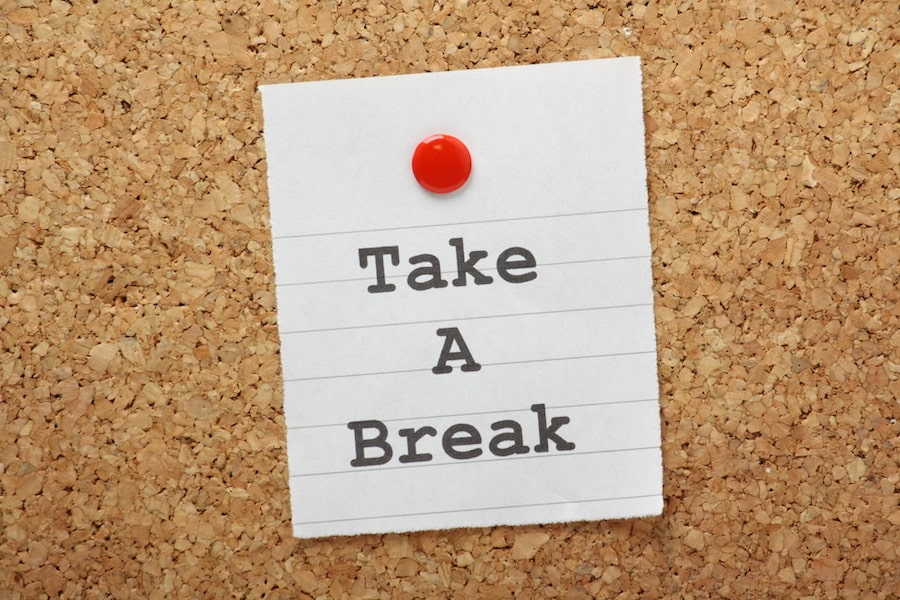Mode and Mood: How Commuter Experience Impacts Employee Morale
Research on how commuters’ mode commute choices impact employee mood and morale validates a lot of what HR professionals have known intuitively for years. When you add it all up, it’s clear that the commute has a major impact on employee engagement, productivity, and social cohesion among coworkers. In the current job market with hybrid teams and return-to-office strategies still forming, commuter engagement is a critical element of your workplace strategy.
How the Commute Impacts Employee Engagement
Your best people are expensive to replace. Most pros in employee transportation have seen the survey conducted by Robert Half in 2018 that found that nearly a quarter of workers have quit a job because of a bad commute. New research in 2021 by the same firm confirmed that post-pandemic commuting decisions will need to balance an even more complex set of concerns. Here are some of their surprising findings:
- Employers that expect to return to pre-pandemic commuting status quo risk losing even more people. More than a third of employees currently working remotely say they would quit if forced to return to the office full-time.
- A fully remote work arrangement isn’t working for everyone either. Around half of all employees surveyed want a more flexible hybrid work arrangement.
- Your people miss the social aspect of coming to the office. Significant numbers of employees said being fully remote was hurting their relationships with coworkers and that lack of visibility was negatively impacting their career advancement.
Even if they stay, the a stressful commute can impact employees’ morale and productivity when they get to the office. While some research has shown that the commute can be a useful transition between home and work, surveys of the same groups mentioned above found that before the pandemic 50% of employees said that traveling to work was “stressful.”
How does all this commute stress impact employee engagement and productivity?
- Long commutes often affect the total amount of sleep employees get, leaving them too exhausted to bring their best selves to work.
- The commute can cut into time that could otherwise be spent on exercising or another healthy hobby.
- Driving in traffic not only wastes time, it can be frustrating and unpredictable, leaving employees feeling a lack of control over their lives.
Because of the COVID-19 pandemic, health and safety have also emerged as key factors impacting how employees feel about their commutes.
Mode Choice Impacts Commute Stress
The good news for those who have to commute is that mode choice can make a difference. A poll from Arlington, Virginia’s Mobility Lab revealed insights about how commute choices, including carpooling, transit, biking and walking can affect employees’ mood and wellbeing. Let’s take a look at what these new polls and studies have to say about transportation modes and commuter moods.
Researchers found that those who choose active modes of commuting like biking and walking had the highest rates of satisfaction with their commutes (92%). Bus and rail commuters were right behind, at 74% and 68% respectively.
For carpoolers, it turns out commute satisfaction is closely tied to vehicle access. A majority of respondents who did not have full access to a personal vehicle said they were happy with their carpool commute.
Another study, by Portland State University reported similar findings when tying commute mode to feelings of well-being. As the paper published in the Journal of Transport & Health c put it,”people who bike and walk to work are happier with their commutes and are relatively unaffected by traffic congestion compared to car and bus commuters.”
The study analyzed a focus group of commuters based on factors including age, commute mode, income level, education level, income, vehicle availability, race and ethnicity, and other specific demographic factors. Controlling for these variables, the study highlights a few significant points:
- Biking and walking have the strongest associations with well-being;
- Efficient public transit like light rail came in close behind an active commute; and
- Interaction with traffic congestion is correlated with lower levels of well-being.
For bus commutes, the express bus scored much higher in terms of well-being effects than the local bus – which is impacted more by traffic. While this study didn’t break down carpooling in the same way, intuition should tell you that we might see a similar effect when carpooling offers perks of bypassing gridlock in the HOV lane.
How Can Employers Help?
Seeing this data, employers should consider how they can help commuters shift away from more stressful routines. Changing commuter behavior is possible. There are a handful of proven strategies that employers can adopt to engage commuters and help them make smarter decisions that benefit their morale and well-being. Here are some examples:
- Providing employees personalized commute support
- Shifting to daily choice for parking and offering cash-out
- Gamifying and rewarding smart commute choices
- Subsidizing active and shared commutes (if you made parking free you’re already subsidizing driving)
- Helping employees create social connections around commuting (not just for carpooling!)
- Using data about how employees commute to improve transportation offerings
There is never a bad time to improve commuting, but as employers make plans for a post-COVID-19 workplace, they have a unique opportunity. Leveraging the fresh start effect can boost engagement and maximize the impact of any program.
Improve Commuter Experience for a More Engaged Workforce
The RideAmigos team helps organizations of all sizes scale these strategies to enhance the commuter experience. Get started today by discussing your needs with one of our experts.







